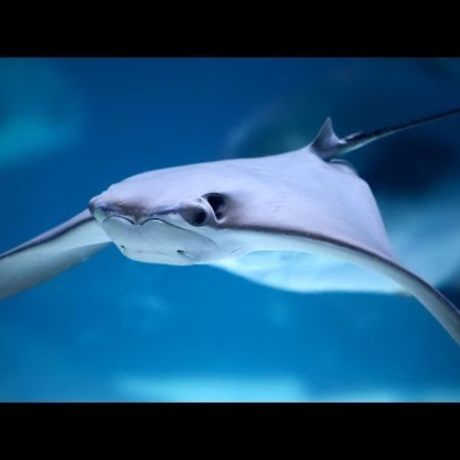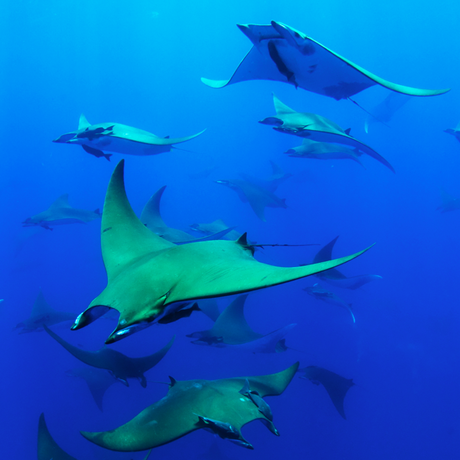Science News
Monday's Sticky Bites

Escaping Embryos
How do red-eyed treefrog (Agalychnis callidryas) embryos escape hungry snakes, wasps, and floods? They hatch a bit early from their sticky, gooey egg mass and plop into the pond or stream below. Using high-speed video, scientists captured this extraordinary action. “They do a shaking behavior while releasing enzymes from glands concentrated on their snouts,” says Karen Warkentin. “That movement seems to push them snout-first against the hole the enzyme makes in the egg membrane. Then they muscle their way out by using big, S-shaped thrashing movements.” (Check out the action here.) The entire process takes only a moment—on average, 20 seconds—when a few seconds can mean the difference of life, or no life at all. The research is published in the The Journal of Experimental Biology.
Chameleon Spit
A few years ago, we posted a video about frogs’ tongues and how powerful they are at capturing prey. In addition to sticky mucus, scientists found that strength, speed and adhesion properties of the tongue were factors in making horned frogs very successful hunters. A new study, published today in Nature Physics, turns its gaze to chameleons, and their abilities to capture prey up to a third of their body weight. Scientists understood that these charismatic animals can use their tongues to catch prey at twice the distance of their body size, but how exactly the tongue adheres to the prey, remained a mystery. Tongue suction? Rough surfaces of the tongue and prey (like the frogs)? The researchers say the cause could be saliva viscosity. The reptiles’ spit is 400 times more viscous than ours, which may assist in sticking their prey.
Manta Rays Stick Close to Home
Manta rays (Manta birostris)—the largest rays in the ocean, with wingspans up to seven meters (23 feet)—spend much of their lives swimming in remote open-ocean environments, such as on seamounts and offshore islands, in search of tiny free-floating plankton, their main source of food. Scientists thought that these majestic creatures were long-distance travelers, similar to other large marine vertebrates such as sharks, tunas, and whales, largely based upon their size and pelagic habitat preference.
But after studying genetic and tagging data, scientists from Scripps Institution of Oceanography reveal that these rays are actually homebodies. “While mantas do make the occasional long-distance movement, it appears that the norm is to stay put,” says Scripps’ Joshua Stewart. “This means that any one population of mantas is highly susceptible to fisheries and other human impacts, but that local populations are also more easily protected."
Populations of manta and closely related mobula rays are in decline worldwide due to targeted fishing mainly for their gill plates, which are used in traditional Chinese medicine, and from accidental bycatch in other fisheries. “The research we’ve conducted has shown that perhaps the most effective management strategies for oceanic manta rays will come from the local and national level,” says Calvin Beale of the Misool Manta Project. The study is published today in Biological Conservation.
Image: jon hanson/Flickr


